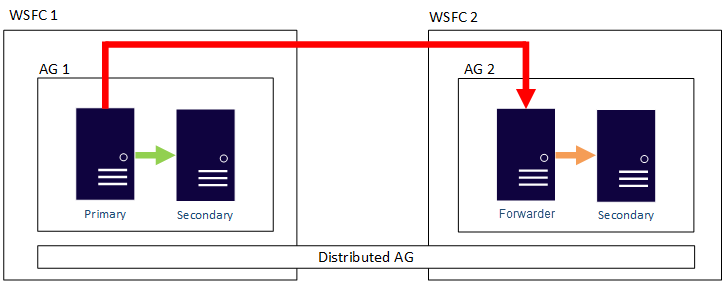White Paper: Controlling Cloud Costs without Sacrificing Availability or Performance

After signing up with a cloud service provider, you receive a bill that causes sticker shock. There are unexpected and seemingly excessive charges, and those responsible seem unable to explain how this could have happened. The situation is critical because the amount threatens to bust the budget unless cost-saving changes are made immediately. The objective of this white paper is to help prevent cloud services sticker shock from occurring ever again.
Download this white paper on Controlling Cloud Costs without Sacrificing Availability or Performance






